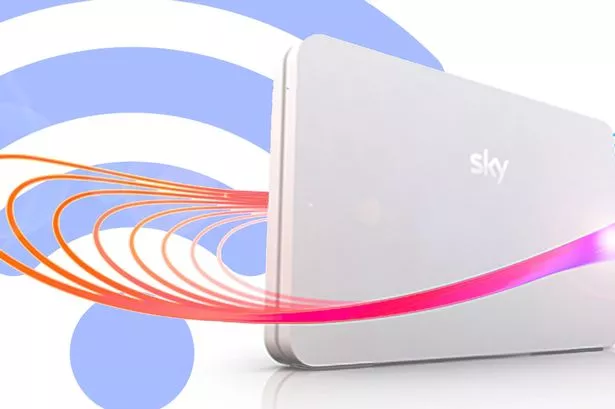Samsung is preparing to redefine the mobile experience once again with the upcoming Galaxy Z Flip 7, expected to debut with the powerful new Exynos 2500 chipset. What makes this next-gen foldable phone particularly exciting is its support for satellite connectivity, allowing users to send emergency messages even without cellular or Wi-Fi networks. This innovative feature is poised to take smartphone communication to new heights, especially in remote or disaster-prone areas.
Samsung’s Bold Leap: Exynos 2500 Chipset Unveiled
At the heart of the Galaxy Z Flip 7 lies the Exynos 2500, a next-generation mobile processor developed by Samsung. This chipset is built using Samsung’s advanced 3nm Gate-All-Around (GAA) fabrication process, which promises enhanced power efficiency and performance. The Exynos 2500 is expected to offer significant upgrades in processing speed, AI capabilities, and GPU performance.
Early leaks suggest that Samsung may offer this chip in some regions while continuing to provide Qualcomm Snapdragon versions in others. However, the Exynos 2500 stands out because it enables one of the most exciting new features in modern smartphones—emergency satellite messaging.
Satellite Connectivity: Emergency Messaging Without Cellular Signal
Samsung is partnering with Skylo, a U.S.-based company specializing in non-terrestrial networks (NTNs), to enable satellite communication on the Exynos 2500. According to Skylo’s official press release, the new Exynos-powered phones will be able to send text-based emergency messages via satellite in areas with no mobile network.
This feature is comparable to Apple’s Emergency SOS via satellite but is expected to support a wider range of regions and potentially more functionalities. Whether you’re hiking in a remote forest or stuck during a natural disaster, the Galaxy Z Flip 7 may allow you to call for help without needing Wi-Fi or LTE coverage.
How Does It Work? The Tech Behind the Feature
Satellite messaging is made possible by integrating 3GPP NTN (Non-Terrestrial Network) standards directly into the Exynos 2500. These standards allow the phone to connect to geostationary or low Earth orbit satellites when traditional mobile towers are out of reach.
When a user sends an emergency message:
-
The phone switches to satellite mode.
-
It connects with a nearby satellite through Skylo’s network.
-
The message is relayed to a ground station.
-
It is then routed to emergency services.
Samsung’s implementation of this system is likely to be battery-efficient and seamless, with an intuitive user interface guiding users through the emergency messaging process.
Galaxy Z Flip 7: A Next-Gen Foldable With a Purpose
The Galaxy Z Flip series has always been known for its stylish foldable design, compact form factor, and innovative features. The upcoming Galaxy Z Flip 7 is expected to build on this legacy with:
-
A more durable foldable display
-
Improved hinge mechanism
-
Refined clamshell aesthetics
-
Larger cover screen for enhanced usability
-
Advanced camera features
Combined with the Exynos 2500 and satellite messaging support, the Flip 7 may become the most advanced and dependable foldable device for travelers, adventurers, and safety-conscious users.
Security and AI Improvements with Exynos 2500
The Exynos 2500 is not just about connectivity—it also brings major upgrades in AI processing and on-device machine learning. Expect features such as:
-
Real-time AI translation
-
Scene-aware photography
-
Advanced biometric security
-
Optimized battery life through AI-based task scheduling
Security has been enhanced too, with hardware-based encryption and more robust data protection systems embedded into the chipset. These improvements ensure that satellite messages and other personal data remain secure even in emergency conditions.
Global Impact: Why This Matters
The addition of emergency satellite messaging to Samsung’s devices marks a significant step forward in universal connectivity and safety. While satellite phones have long existed, they’ve been bulky and expensive. Integrating this feature into a compact, mainstream foldable smartphone democratizes access to life-saving communication technology.
This could be a game-changer not only for adventure enthusiasts but also for people living in regions where cellular infrastructure is unreliable or underdeveloped.
Availability and Launch Timeline
Samsung is expected to unveil the Galaxy Z Flip 7 at its Galaxy Unpacked event in late July or early August 2025. The event will likely showcase other foldables and wearable tech as well. The Z Flip 7 with Exynos 2500 and satellite connectivity may be available in select regions initially, with a global rollout to follow.
As competition heats up in the foldable and premium smartphone market, this move by Samsung is clearly aimed at keeping its devices future-ready and feature-rich.



